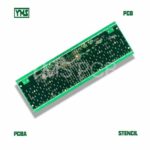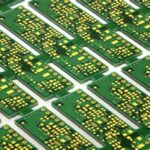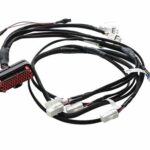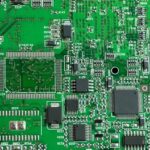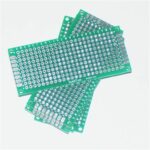Artist 3D
-
Read more: Discover the Possibilities: What Can You Make with a 3D Printer?
3D printing has revolutionized the way we create and manufacture objects. With the help of a 3D printer, you can bring your ideas to life and create objects that were once impossible to make. From toys to tools, 3D printing has opened up a world of possibilities for creators and … Read more
-
Read more: How Much Does a 3D Mammogram Cost Without Insurance? Find Out Here.
A mammogram is a type of medical imaging that is used to detect breast cancer. It is recommended that women over the age of 40 get a mammogram every one to two years, depending on their risk factors. However, the cost of a mammogram can be a barrier for many … Read more
-
Read more: What Material is Used for 3D Printing: A Quick Guide
3D printing is a rapidly growing technology that has revolutionized the way we create objects. It has become a popular method of manufacturing for industries ranging from aerospace to healthcare. One of the key factors that has contributed to the success of 3D printing is the wide range of materials … Read more
-
Read more: What is a 3D Movie? A Brief Explanation of the Technology and Experience
3D movies have become increasingly popular in recent years, with many people flocking to theaters to experience the immersive viewing experience. But what exactly is a 3D movie and how does it work? In essence, a 3D movie is a motion picture that is designed to give viewers the illusion … Read more
-
Read more: How Much Does a 3D Printer Cost? A Comprehensive Guide
3D printers have become increasingly popular over the years due to their versatility and ability to create intricate designs. However, one of the most common questions asked by individuals who are interested in purchasing a 3D printer is, “how much does a 3D printer cost?” The cost of a 3D … Read more
-
Read more: What Material Does a 3D Printer Use? A Comprehensive Guide
3D printing has become increasingly popular over the years, and for good reason. It allows you to create a physical object from a digital design, making it a valuable tool in various industries. However, if you’re new to the world of 3D printing, you may be wondering what materials are … Read more
-
Read more: Why 3D Printing Matters: The Benefits and Impact on Society
3D printing technology has been around for a few decades, but it has only recently started to gain widespread recognition as a game-changing technology. The ability to create three-dimensional objects from digital designs has opened up new possibilities in fields ranging from manufacturing to healthcare. In this article, we will … Read more
-
Get Started with 3D Modeling: How to Use Blender
Posted by
–
Read more: Get Started with 3D Modeling: How to Use BlenderBlender is a powerful tool for creating 3D models. It is an open-source software that has a wide range of features and can be used for various purposes. Whether you are an artist, a game developer, or an architect, Blender can help you create stunning 3D models. In this article, … Read more
-
Read more: Best 3D Printers for Beginners: A Comprehensive Guide
If you’re new to the world of 3D printing, you might be wondering what the best 3D printer for beginners is. With so many options on the market, it can be overwhelming to choose the right one. Luckily, there are plenty of great options available that are easy to use … Read more
-
Read more: What Does SLA Stand for in 3D Printing? A Simple Explanation
Stereolithography (SLA) is one of the most popular 3D printing technologies, and it has revolutionized the way we manufacture products. It is a rapid prototyping process that uses a laser to cure liquid resin into solid objects layer by layer. SLA is known for its ability to produce high-accuracy, isotropic, … Read more
Recent Posts
- Understanding the PCB Burn-in Testing Process in PCB Manufacturing!
- Unlock the Potential of Embedded PCB Assemblies for Improving the Performance of Electronics Devices
- What are the Advantages of Custom Cable Assembly to meet your bespoke needs?
- What are the benefits and limitations of custom PCB boards?
- What are the benefits of Prototype PCB manufacturing and why is it important?
Categories
- 3D Guides 2,663
- Components 4
- Design 22
- Electronics 20
- PCB 125
- SMT 27
Tag Cloud
There’s no content to show here yet.
